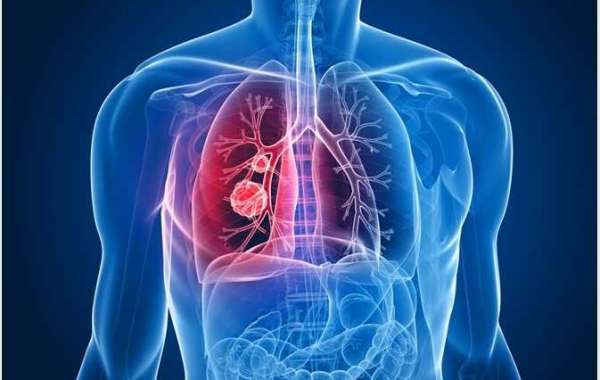In the United Kingdom, breast cancer is the most frequent type of cancer. There are 48,000 new cases diagnosed there each year. Although the majority of these patients are over the age of 50. younger women and, in rare situations, men can also develop breast cancer. For women aged 34 to 54, breast cancer is the leading cause of mortality.
The typical breast
A woman's breasts are made up of fat, supporting (connective) tissue. and tissues with glands known as lobes. These lobes are milk glands that produce breast milk. A network of milk ducts connects them to the nipple.
Both breasts may differ from one another. They alter throughout a woman's life and feel different. At different times of the month due to hormonal fluctuations. They may feel lumpy before periods. and they may become softer, smaller, and more flexible as the woman ages.
A region of breast tissue extends into the armpit beneath the skin (axilla). This is known as the breast tail. The armpits also house lymph nodes, which are part of the lymphatic system. Lymph nodes can be found right beneath the breastbone and behind the collarbones. These drain the breast tissues and affect by breast illnesses and inflammation. A network of small lymphatic tubes connects the lymph nodes. The lymphatic system transports lymph.
What exactly is cancer?
The human body is composed of billions of microscopic cells. Cells develop and replicate in a controlled manner. New cells create when and where they need. When cancer develops, the cells' growth cycle malfunctions, causing them to reproduce. Cancer cells develop as a result of DNA damage. This results in the production of a lump, which may be benign or non-cancerous in nature. or aggressive in its growth – referred to as malignant or cancerous.
What is breast cancer?
Breast cancer is a malignant growth that begins in the breast cells. A malignant tumor has the ability to invade surrounding tissues. as well as a spread or metastasize to other parts of the body. The condition affects women, but men can affect it as well.
Breast cancer symptoms
Breast cancer can cause a variety of symptoms, but the most common is a lump or thickening of the breast tissue. Other typical symptoms include nipple deformities, ulceration, and discharge.
Breast cancer types
Breast cancer comes in a variety of forms. These can have an impact on various areas of the breast. Breast cancer classifies as non-invasive or invasive.
Breast cancer that is non-invasive
Non-invasive breast cancer is sometimes referred to as cancer. carcinoma in situ, or precancerous cells. This observes in the breast ducts and has little potential to expand outside the breast. This type of cancer rarely manifests as a lump in the breast. And is usually discovered during routine mammography. Ductal carcinoma in situ is the most frequent type of non-invasive malignancy (DCIS).
Cancer that is invasive
Invasive cancer spreads outside the breast and is more aggressive. Invasive ductal breast cancer is the most frequent type of breast cancer. This kind develops the breast ducts and accounts for around 80% of all instances of breast cancer;
it is sometimes referred to as the 'no special type.'
Breast cancers of other types
Invasive lobular breast cancer, inflammatory breast cancer. and Paget's disease of the breast is all less prevalent types of breast cancer.
Breast cancer was discovered.
Breast cancer during mammography screening or after a breast lump was investigated. When a lump is discovered, ultrasound and mammography. And a tissue sample is obtained from the lump using a fine needle. aspiration cytology (FNAC). This determines whether malignant cells are present and confirm the cancer diagnosis.
The cancer is also examined to see. if it has Estrogen receptors, in which case it referring to as ER-positive cancer. Other organs, such as the belly, lungs, brain, and bones. Test using imaging techniques such as CT scan and MRI to detect suspected cancer spread.
Treatment for breast cancer
Breast cancer treats with surgery, chemotherapy, and radiotherapy. Some breast cancer instances may also treat with biological or hormone therapies. If it diagnoses in its early stages, there is a significant chance of recovery by Arimidex 1mg. As a result, it is critical that women check their breasts for changes. on a frequent basis and get any changes checked by their doctors.








